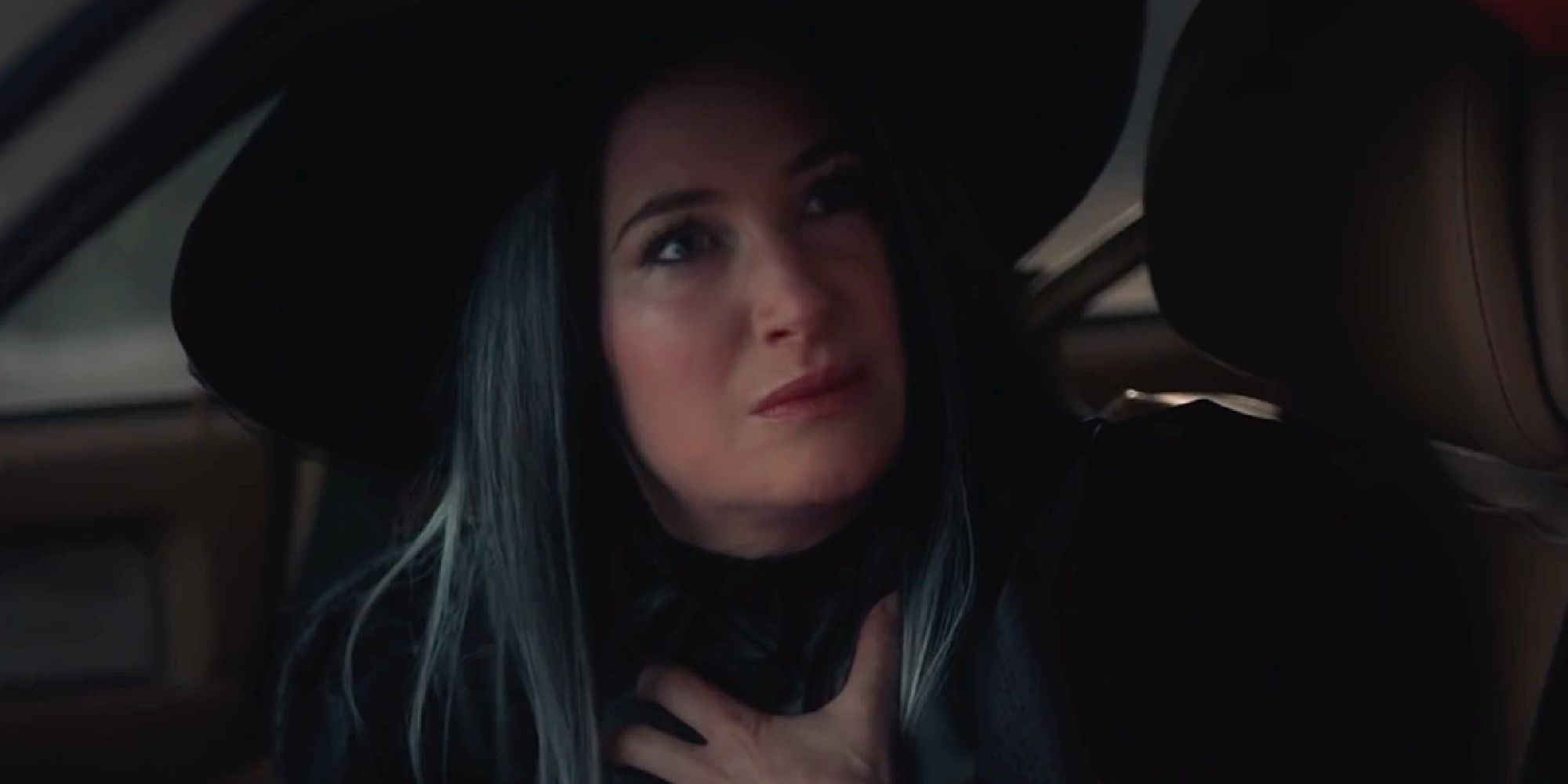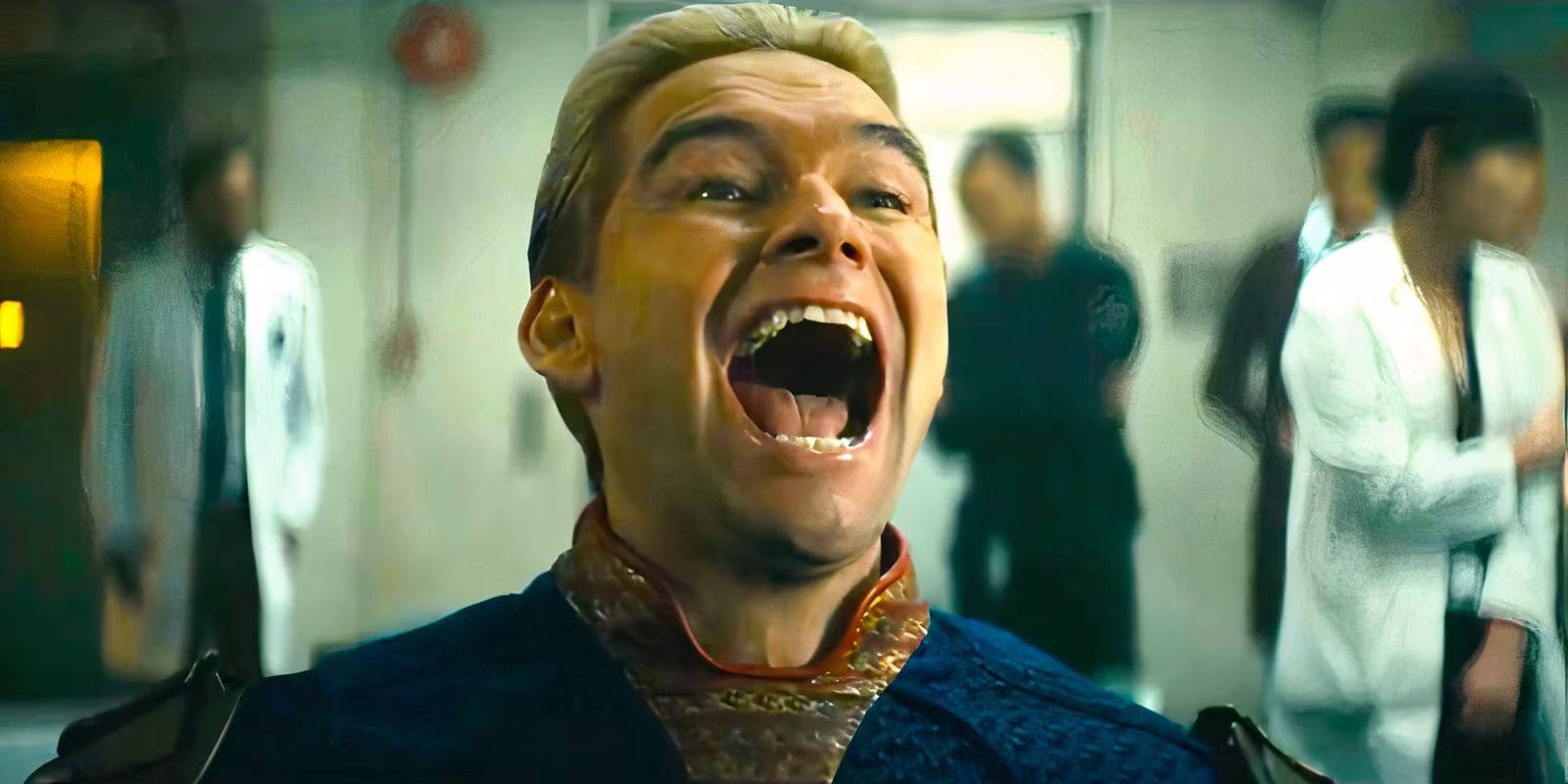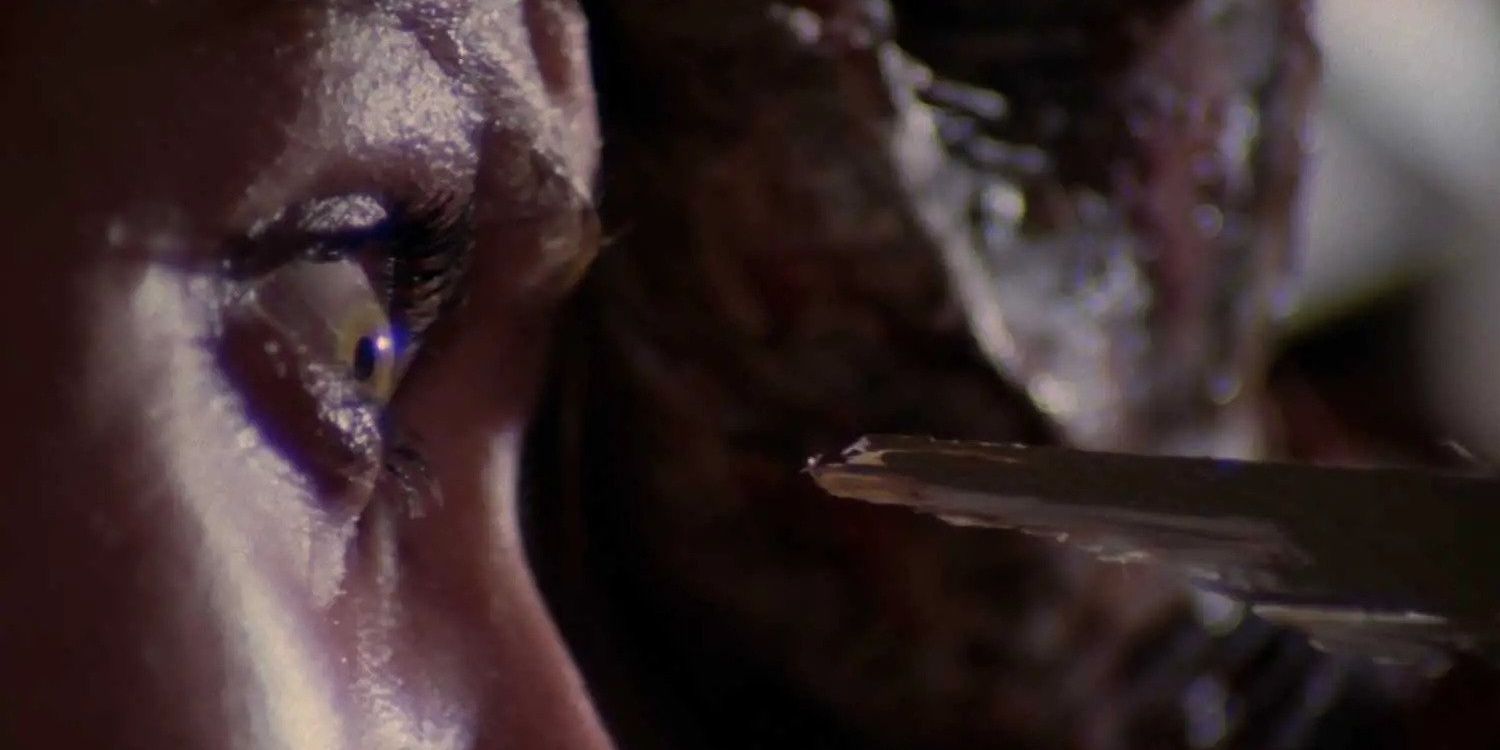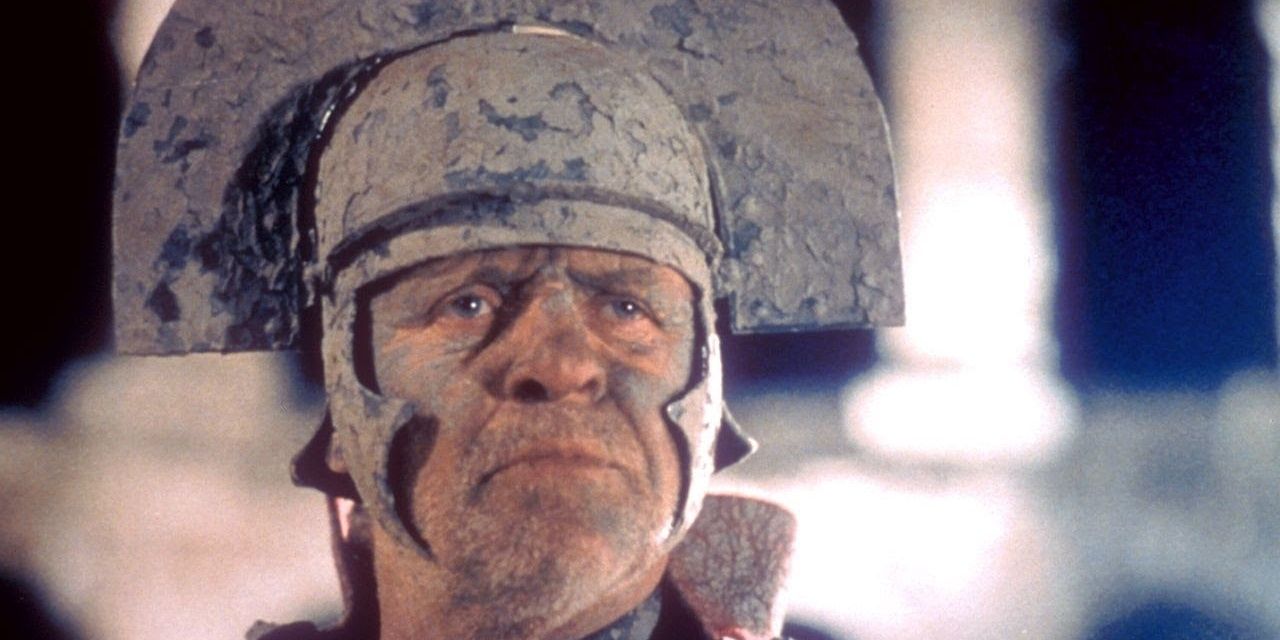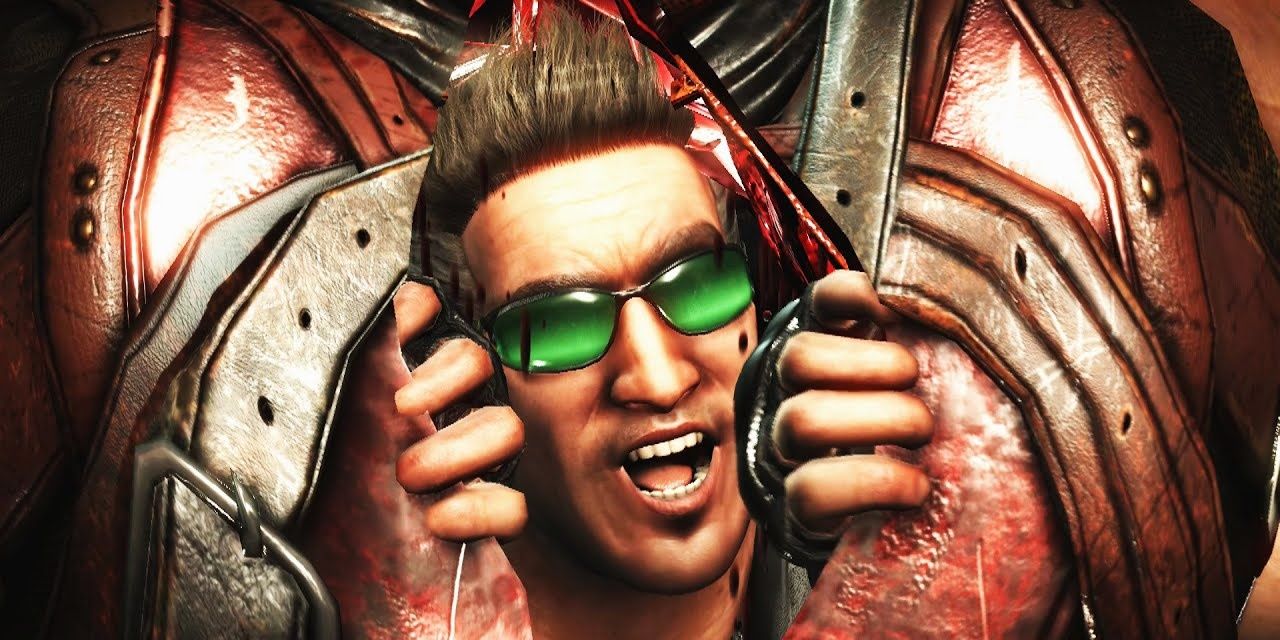A horror film doesn't have to feature horrendous dismemberment to scare audiences, but it's certainly free to do so. Some fans get squeamish around gore, others find it strangely appealing, and others still find it hilarious. Gallons of blood and guts are a neutral additive to any film-going experience. It can mean whatever it needs to. Splatter horror is the only subgenre built entirely around the most disgusting visuals imaginable.
Do people still go to see movies on the strength of one extremely gory scene? It seems as recently as the early-2000s, fans would buy a ticket to the latest gorefest after hearing a friend describe a particularly depraved on-screen kill. With the internet providing easy access to real-world violence, films have to go pretty far to shock an audience today.
Splatter horror may be the most simplistically named horror subgenre of all time. If a film draws its biggest reactions from the visceral violence it sprays all over the screen, it is a splatter film. Most horror films feature injuries and death, but every visual medium can choose how it will represent that violence. A careful editor can depict brutal injuries without ever showing off a drop of blood. Splatter films take the opposite approach, capturing wounds that frequently result in more bloodshed than is physically possible. Victims in these films are routinely reduced to a liquid state, often leaving behind enough blood and guts to fill nine or ten human bodies. It's an exercise in heightening something disgusting to the point of absurdity. This can make an injury more grotesque, but it alters the visceral reaction to gore. It's much easier to mentally distance oneself from on-screen brutality if it bares no resemblance to real bodily harm. Splatter horror evokes a wide variety of responses, but it always gets a reaction.
Like so many other literary innovations, splatter horror owes much of its origin to William Shakespeare. Titus Andronicus was the bard's first tragedy and the goriest thing he ever put on the stage. The story follows the titular Titus, a celebrated Roman general who refuses the title of emperor. After he returns from a war with the Goths, he has their queen's eldest son executed in vengeance. The new emperor immediately weds the enemy queen to spite Titus's daughter for refusing to marry him. What follows is an orgy of blood and violence as the Goth queen and Titus slaughter each other's relatives in increasingly horrific ways. Three-hundred years after Shakespeare finished his least-respected work, the Grand Guignol theater in Paris brought Titus Andronicus to the stage again. The naturalistic horror of that theater's remounted production created techniques that are still key to splatter horror today.
Splatter may have started on the stage, but its true home will always be the big screen. Film directors tend to earn a reputation for their love of gore. Herschell Gordon Lewis and Lucio Fulci shared the title "Godfather of Gore" for their entire careers. Lewis's films carried hilarious titles like Blood Feast, Two Thousand Maniacs!, and Wizard of Gore. Fulci helped to craft the Giallo genre with his Zombi films. Together, their filmographies laid much of the groundwork for the early splatter craze and filled the ranks of the Video Nasties. Sam Raimi, Peter Jackson, Stewart Gordon, Clive Barker, the entire Troma crew, and many other beloved filmmakers earned their spot in the splatter timeline. By the 2000s, the genre had largely been supplanted by "torture porn" cinema. The Hostel and Saw franchises carried the torch for the entire decade. Today, Damien Leone's Terrifier movies have attained massive success by returning to the most viscerally disgusting traditions imaginable. No matter how hard people try to clean up the movies, someone will always come along to paint them red.
In the world of video games, one big franchise holds a monopoly on splatter. Mortal Kombat delivers a level of blood and guts that helped to redefine the gaming world. From the first entry by Ed Boon and John Tobias to the modern Netherrealm entries, the series' trademark Fatalities are among the bloodiest moments in the medium. This fighting game franchise isn't focused on horror, despite including a wide variety of genre icons. Its spilled blood and scattered organs are in service of cathartic action and slapstick comedy. It was enough to bring government attention to video games for the first time in the 90s, and it still earns shocked gasps for its use of violence.
Splatter horror is simple, fun, and effective. A good gallon of blood can get a unique reaction out of an audience. Fans of splatter might retch, laugh, or clap at their favorite on-screen kill. From absurd violence on a Parisian stage to the Video Nasties of the 70s to the most extreme uses of computer-generated brutality in the modern day, splatter sees a need and fills it with viscera.


